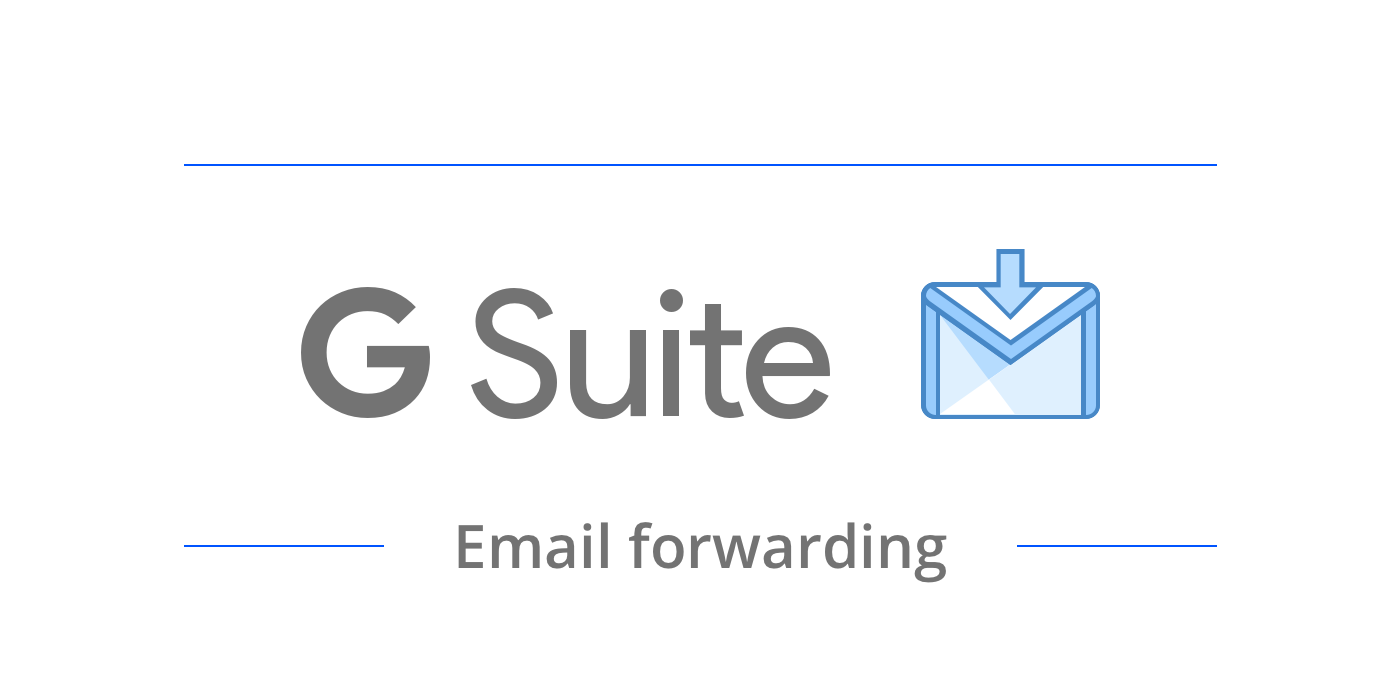Note: If your company uses Google Workspace (G Suite), you can do a lot more than just forward emails. Learn how Torii’s Google Integration lets you uncover shadow IT, create custom workflows to automate dozens of actions like onboarding, department transfers, and offboarding, automatically track SAML audit activity events, and more. Learn more about Torii’s powerful integration with Google Workspace.
When employees leave, suspending or deleting their G-Suite account will also remove the email address, so received emails could be lost.
You may want to keep an active email inbox of past employees for several reasons:
To create email forwarding in G-Suite, you must keep paying for that account.
The following guide shows how to use G-Suite groups to keep email forwarding without keeping the original user account.
Step 1 – Change the Employee’s Email Address
- Go to your G-Suite Google Admin console (admin.google.com)
- Find the user you’re off-boarding and whose emails you’d like to keep forwarding.
In this example, we’ll use the employee named Tony Stark with the email address [email protected] - Change the employee email to the original email plus a prefix like _past_
For example, if the employee email address is [email protected] then the new email address should be [email protected] - When changing an email address, G-Suite automatically creates an alias with the original address.
Delete the original email alias [email protected]
Step 2 – Create a Group to Catch All Emails Sent to the Original Employee’s Address
- In your Google Admin console, navigate to Groups
- Create a new group with a name that you can associate with the employee.
For example, Tony Stark Email FWD Group - Set the Group Email to the original email of the employee leaving: [email protected]
- Enable External with the Publish posts access.
This is important as you want to receive emails sent from an employee outside your organization
Step 3 – Add Relevant Email Forward Recipients
Once the group is created, add the relevant email addresses of the people who should receive the emails sent to the original employee who has left.
In many cases, that would be the manager of the employee or someone from the IT department.
Step 4 – Remove the Old Email Account
You can now suspend or delete the old email account [email protected]
Emails sent to [email protected] will be sent to the newly created email group. A member of the group will receive the email.
Conclusion – Improve Your Offboarding
When an employee leaves, their email is just one of multiple factors to consider. How many applications did they adopt (including Shadow IT)? What shared passwords did they use? What company credit cards did they use?
If you’re not sure about the steps, we have an offboarding checklist to help guide you. And, if you want better insight into your entire SaaS collection, check out Torii; a leading SaaS Management Platform.
Tips:
- Keep constant naming conventions. For example:
Email prefix for past employees: _past_
Group names: <Employee Name> Email FWD Group - Don’t reuse old email address for new employees.
If your organization uses Google Workspace (G Suite), you’ve only scratched the surface. Learn more about Torii’s powerful Google Workspace integration that gives you full visibility into your SaaS ecosystem and let’s you automate employee and app lifecycle tasks for consistent and fast execution—every time.

